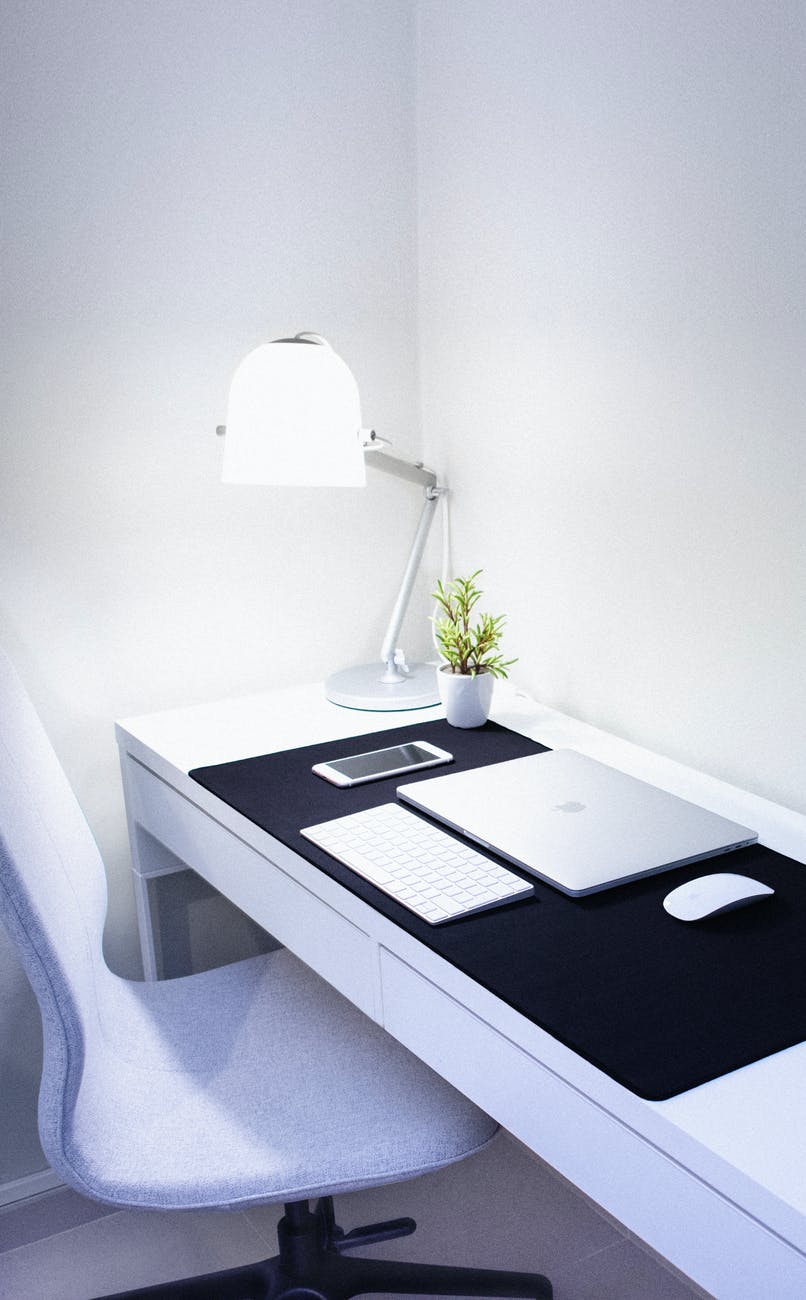When I originally launched this blog back in 2005 I published it using custom blogging software of my own design. I intended this domain to be a little more “professional” or at the very least, less personal than my previous experiments in blogging.
In a time before github (or even git itself for that matter), stackoverflow, composer, etc it was very common for any dev worth their salt to build every component of their website from the ground up as a means to demonstrate their skills.
In July 2007, I decided to relaunch the site on WordPress 2.6. At the time, I considered my previous posts too cringe to archive. After reading through them all, I believe they actually belong here. So I’ve gone through can copy & pasted roughly 30 blog posts from 2005/06. I’ve left them largely unedited, save for some spelling corrections (turns out in-browser spell check has done wonders for my ability to spell correctly).
If you’d like, you can read all the posts in the “from the archives” category. The cool thing about copy&pasting out of archive.org is that all the old links still work.
Here are a few highlights that give a glimpse into the state of the web and geek culture 16 years ago:
- Internet Security – March 2005
I talk about two-factor auth (without using the word) as a mythical technology that only the military uses. - Episode III: RotS (litterally?) – May 2005
My Star Wars: Episode III review. - phpMyMP3s – May 2005
phpMyMP3s is one of the coolest things I’ve ever built and I wish the code download still worked. Essentially it was streaming MP3 server written in PHP. I ran this on my home computer in conjunction with dyndns to listen to my home MP3 collection at work. - better bandwidth protection: revisited – August 2005
“Bandwidth theft” is a problem that has largely gone away due to lowering bandwidth costs. But in a time before the likes of imgur random users would link other random users’ content (usually proto-memes) hosted on bandwidth limited servers/services.
In this post I present a way to essentially timeout links to limit the impact of bandwidth theft. - Winnipeg Web Firms – August 2005
A list of local web shops that existed at the time. - Podcasts: what’s on my iPod – October 2005
The podcasts I was listening to at the time. Some of these even still exist. - Parachute Beta is live! – February 2006
An interesting idea I had for some of an inverse social network for links and only links. TBH I still think this is a decent idea.
Also, it looks like my original name for this project was “dropbox” – a year before dropbox launched. - Summer Styles ’06 – May 2006
You actually have to look at the archive.org backup of this post to fully appreciate this. If you click the links in the sidebar under “style” (summer ’06, blue, red) you’ll see the the style of the page completely changes, even in the archive itself!


